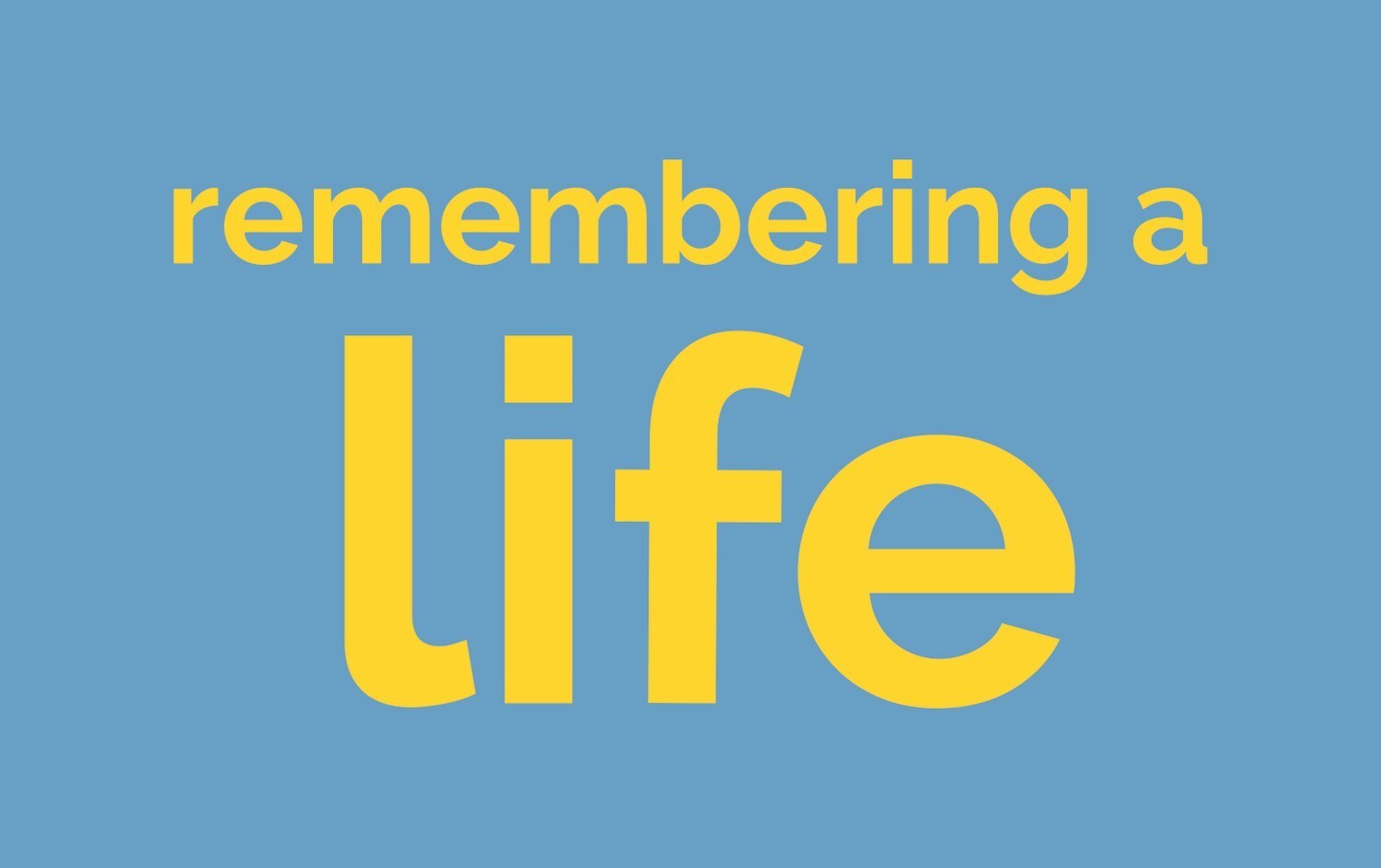National Funeral Directors Association Releases Groundbreaking Study Revealing Critical Communication Gap Between Funeral Professionals and Families

**New 2025 Study Reveals Funeral Industry Language Often Confuses Families During Vulnerable Moments**
A recent 2025 study, based on a national survey of 1,104 consumers across four generations, reveals that common funeral industry terminology frequently confuses families during one of life’s most vulnerable moments. The survey found that only 16% of respondents understood what funeral directors mean by “memorial service,” while 75% had never even heard the term “direct cremation.”
“Families are coming to us in moments of profound grief, and our language should comfort them, not confuse them,” said Dan Ford, 2025-26 NFDA President. “This research confirms what many funeral directors have sensed. We need to meet families where they are, both emotionally and linguistically.”
—
### The Language Disconnect: What the Research Reveals
The study uncovered stark differences between how funeral professionals and consumers understand basic funeral terms:
– **Funeral:** Funeral directors define this as a service with the body present in a casket. Consumers, however, often describe a funeral as a somber, formal, religious ceremony, usually held in a church or cemetery.
– **Memorial Service:** Only 16% of consumers used the professional definition of a service without the body present. Most people use this term interchangeably with “funeral” or “celebration of life.”
– **Direct Cremation:** Professionals define direct cremation as cremation without a public service. Consumers often describe it simply as “cheap,” “quick,” or for people who “don’t want a fuss”—missing the full scope of this choice, and the fact that families can still hold a memorial service or celebration of life at any time.
—
### Key Findings
– **Terminology Gap:** More than 20% of consumers found funeral terminology confusing, with Gen Z and Millennials reporting the highest levels of misunderstanding.
– **Generational Divide:** 66% of Baby Boomers prefer services in places of worship, compared to just 28% of Gen Z respondents.
– **What Families Want:** Across all generations, consumers prioritize personalization, with 62% wanting special music, 59% wanting photos or videos, and 53% desiring personal eulogies.
– **The Power of Explanation:** When funeral directors take time to explain terminology and options clearly, family satisfaction increases significantly.
One survey respondent shared, “When I asked them to slow down and explain, they did. That made all the difference.”
—
### Beyond Definitions: Understanding What Families Really Need
The research highlights that the communication gap extends beyond simple term definitions. Families bring their own language shaped by culture, faith, media, and emotion, while funeral professionals use terms rooted in training and industry standards.
“This isn’t about correcting families — it’s about guiding them with words that bring clarity, comfort, and choice,” Ford added. “When families understand their options, they’re empowered to make decisions that truly reflect their values and honor their loved one’s memory.”
—
### Introducing the “When Words Matter” Guide
The comprehensive *When Words Matter* guide provides funeral professionals with:
– Plain-language alternatives to industry jargon
– Generational insights to tailor communication approaches
– Conversation starters that prioritize storytelling over logistics
– Team training tools and self-reflection prompts
– Practical strategies for creating more personalized, meaningful services
—
### A First-of-Its-Kind Resource in Funeral Service
*When Words Matter* is the first resource of its kind in the funeral service profession — grounded in original consumer research and designed to bridge the communication gap between funeral professionals and the families they serve.
“While many guides exist about ‘how to talk to grieving people,’ this is the first research-backed tool to quantify the disconnect between how funeral directors and consumers talk about death, grief, and funerals, and offer data-informed strategies to help funeral directors build trust, reduce confusion, and support healing,” said Ford.
The guide emphasizes that changing language doesn’t mean abandoning tradition. Instead, it’s about connecting with families in ways that meet them where they are — understanding their expectations, both spoken and unspoken, and using language that invites trust, healing, and clarity.
—
### NFDA’s Commitment to Improving Communication
The National Funeral Directors Association (NFDA) will integrate this research into its professional development offerings, including certification and training programs, continuing education webinars, and education sessions at future NFDA Conventions.
Additionally, the association will create consumer materials to be featured on *Remembering A Life*, NFDA’s consumer education and outreach website.
—
### About the National Funeral Directors Association (NFDA)
The National Funeral Directors Association is the world’s leading and largest funeral service association, serving more than 20,000 individual members who represent over 10,000 funeral homes in the United States and 49 countries worldwide. NFDA is a trusted leader, a beacon for ethics, and the strongest advocate for the funeral profession.
NFDA offers funeral professionals comprehensive educational resources, tools to manage successful businesses, guidance to become pillars in their communities, and expertise to foster future generations of funeral professionals.
—
### Media Contact
**Jessica Koth**
National Funeral Directors Association (NFDA)
Phone: 1-262-402-7764
Email: [email protected]
Website: [www.nfda.org](https://www.nfda.org)
**Emily Evans**
The Harbinger Group
Phone: 1-937-206-6039
Email: [email protected]
Website: [www.theharbingergroup.com](https://www.theharbingergroup.com)
—
*Source: National Funeral Directors Association (NFDA)*
https://www.prweb.com/releases/national-funeral-directors-association-releases-groundbreaking-study-revealing-critical-communication-gap-between-funeral-professionals-and-families-302593623.html









